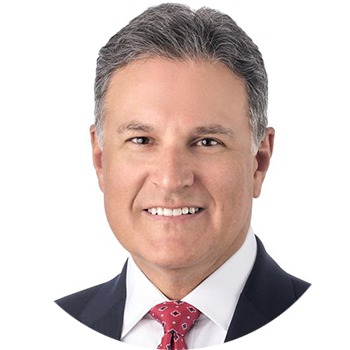Reverse Mortgages: How You Can Leverage One to Create Cash Flow and More

Reverse mortgages – and the mortgage industry in general – have undergone significant changes the past decade. Perhaps the biggest change, however, is how many financial advisors are now incorporating housing wealth into their retirement income planning.
Despite the rise in usage as a retirement planning tool, many consumers are unfamiliar with the options and flexibility reverse mortgages can provide in the right situation. A WSFS Mortgage survey found that 31% of respondents reported not being knowledgeable at all about reverse mortgages, 40% slightly knowledgeable and 22% moderately knowledgeable, while just 7% report being very knowledgeable.
Here are tips on how reverse mortgages work and can be used to free up cash flow.
Reverse Mortgage Basics
Compared to reverse mortgages, most respondents in the WSFS Mortgage survey felt they had a better understanding of credit cards (65%), a traditional mortgage (61%), personal loans (60%), and a line of credit (51%), underscoring the educational opportunity that exists.
While there are different types of reverse mortgages, a Home Equity Conversion Mortgage (or HECM) is the only reverse mortgage that is insured by the Federal Housing Administration (FHA).
With a reverse mortgage repayment is due when the last of the borrowers no longer occupies the house as their primary residence. At least one borrower must be 62 years old or older and must occupy the house as their primary residence.
Funds from a reverse mortgage can be provided in lump sums, monthly payments or set up as a line of credit for when you need it.
Reverse Mortgage Uses and Potential Benefits
According to the WSFS Mortgage survey, most homeowners with knowledge of reverse mortgages agree they can allow you to stay in your home longer (79%), provide needed cash flow (76%) and more financial freedom (62%) in retirement, and help cover expenses like long-term care (61%).
A reverse mortgage could be a good option for those seeking to supplement their fixed income in retirement. Among just a few of their uses, reverse mortgages can enable homeowners to leverage the equity they’ve built in their home to eliminate existing monthly mortgage payments, provide needed funds without tapping into other retirement savings, pay off other debts, and more.
Another potential usage is for purchasing your next home or upgrading your current home with the features needed to live comfortably in retirement. Homeowners looking to downsize could sell their current home and use the proceeds from that sale coupled with a reverse mortgage on their new home to make the purchase without the need for monthly mortgage payments.
One-third of respondents in the WSFS Mortgage survey said they would probably (21%) or definitely consider (13%) a reverse mortgage if it was relevant to their financial situation. After learning more about use cases and benefits of reverse mortgages during the survey, one-in-five respondents indicated they would be more likely to take one out.
While there are a variety of uses for a reverse mortgage, it is important to remember that they’re not the answer for each individuals’ unique situation.
Start by asking yourself some key questions about your finances and goals, such as whether your current home is the right one to age in, will you have the money needed to live the life you want in retirement, and will you be able to cover needed healthcare expenses.
Once you’ve answered a few personal questions about your situation and goals, work closely with your financial advisor and lender, who can help answer any remaining questions you have, evaluate if a reverse mortgage is right for your situation and help weigh the pros and cons.

Helping you boost your financial intelligence.
Read our financial resources from your friends at WSFS.



